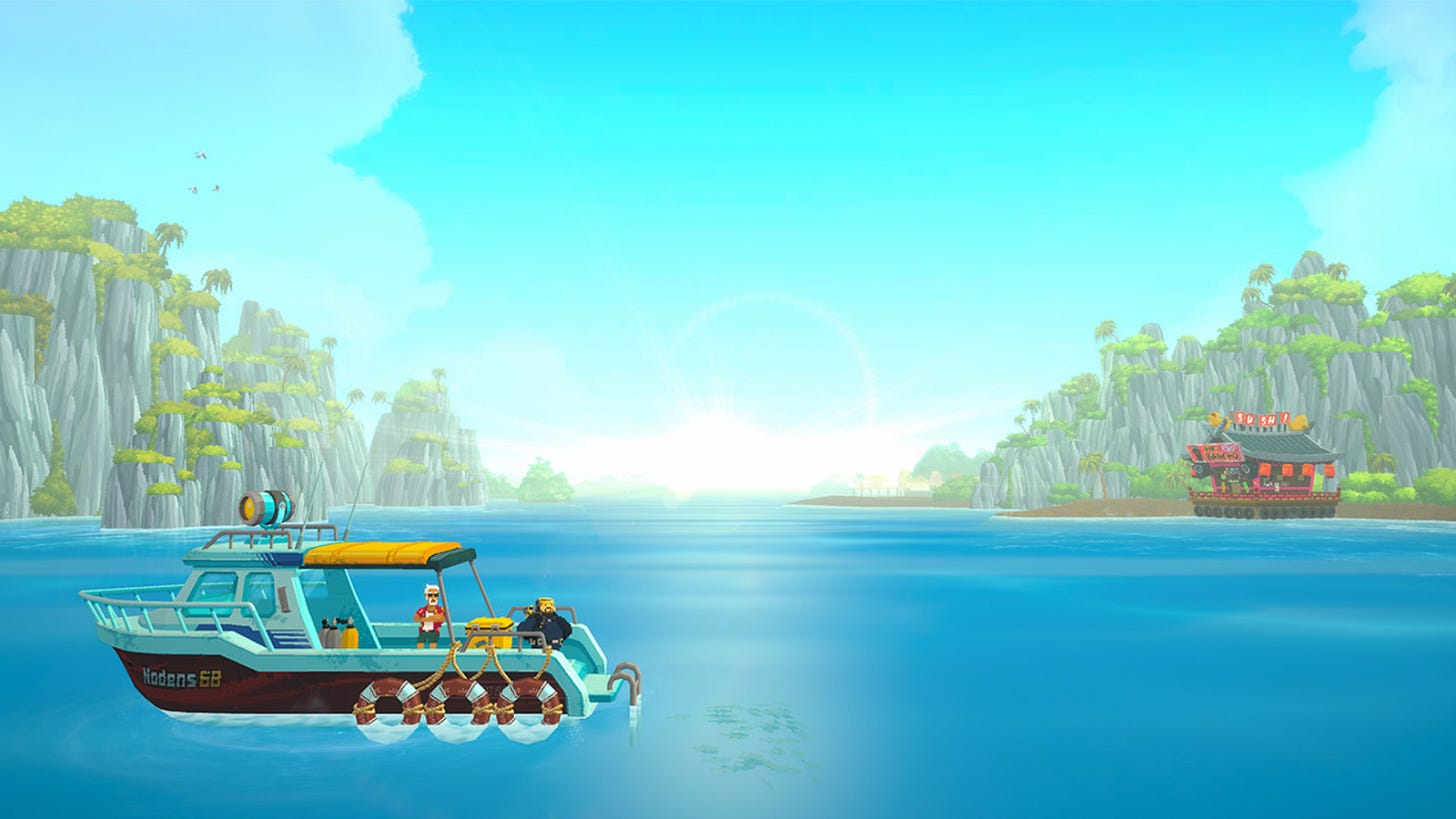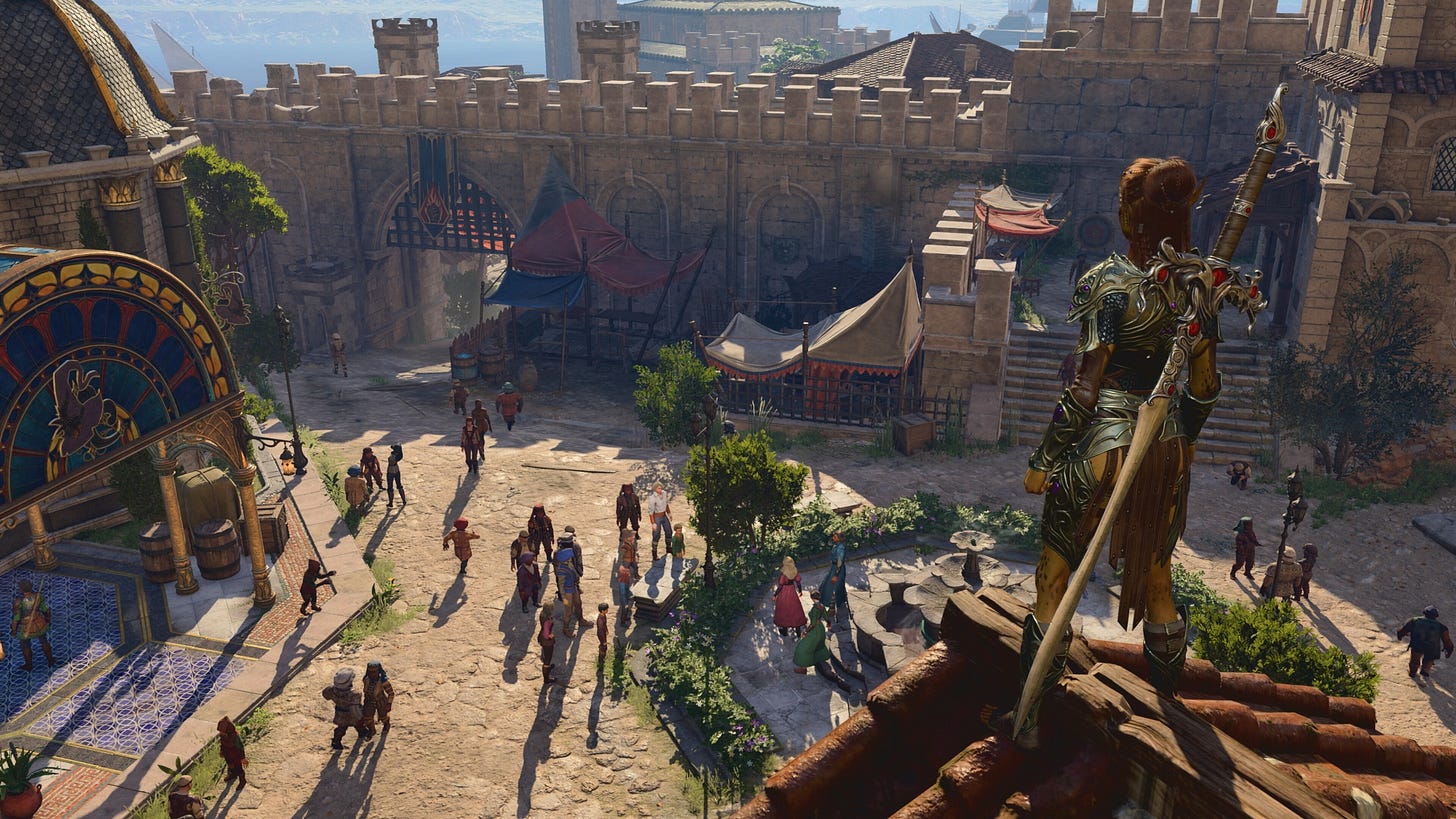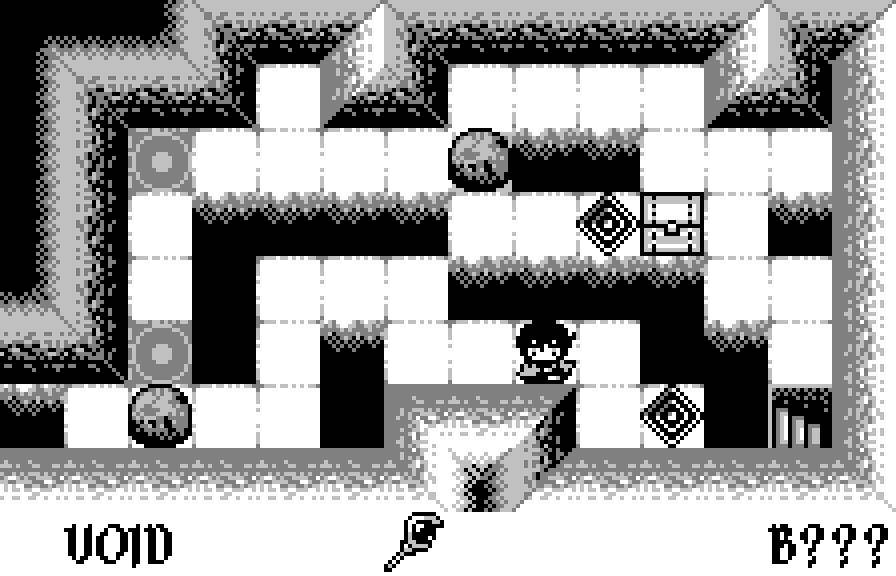What the hell even is an 'Indie game' in 2023?
it's certainly not whatever Dave the Diver is, that's for sure!
I think we can all agree that The Game Awards is not exactly a prestige event, more like a hyper-capitalist superbowl halftime show of a thing; one built around celebrations of decadence and excess that somehow manages to piss everyone off year after year.
Every time it comes around people complain about the narrow range of nominees, the glaring omissions, how certain adored properties get ignored. We live in a golden age of games but you wouldn’t know it for how regularly the same old safe tired tropes get trotted out as the zenith of what the medium has to offer.
This post isn’t about the voting process, for which I generally have no issue with. It’s a symptom of people having to agree about what constitutes the best in show during years in which often there are more games released than anyone could possibly find the time to play.
Inevitably we will always end up on the consensus of a dozen or so works that stand out, and to avoid a saturation of big business in these nominations, the games in question get seperated rather reductively into ‘games’ and ‘indie’ games.
Where this decision has drawn ire this year is in how the definition of ‘indie’ seems to have stretched to include Dave the Diver, a game developed by MINTROCKET, a subsidiary of Nexon. It’s a rather cute looking 2D pixel art fishing and restaurant management game that’s definitely something of a crowd pleaser.
I’ve only played a bit of it but it fits nicely into that particular genre. A well scoped, modestly budgeted title by a small studio, albeit one owned by a publically traded company.

Even without playing the game, one thing is clear about Dave the Diver at a glance: It does *really* look like an ‘indie’ game. It’s art direction, the small gamespace it works within, it’s not all that disimilar to something like Mineko’s Night Market, which I recently played.
While strictly speaking the term ‘indie’ has never been an identifier of tone or visual identity, rather, more simply, a qualifier for when a project has been produced by an independent studio, it’s been very clear over the years that in discourse the former has seeped into the latter. When I say indie, you know exactly what you are thinking of, and as such it becomes apparent how problematic it is to label something like Dave the Diver as ‘indie’ when it’s not.
The aesthetics of ‘indie’ have been co-opted by publically traded entities for years, this is nothing new. Ubisoft’s brief stint making small games like Grow Home, Valiant Hearts and Child of Light was well recieved, and to a certain degree I feel like we should be championing this kind of behaviour: Smaller, well scoped, modestly budgeted offerings at a time when the companies hijacking all the talent are putting livelihoods on the line for extremely safe, expensive looking £70 mega-blockbusters.
The problem there, however, is that like with Dave the Diver, the lines get blurry, and using the label of ‘Indie’ to define something that is not is extremely dishonest. Beyond that it draws attention away from far more worthy ventures that deserve an equal amount if not more attention.
Compounding things further is that when appropriating the visual identity of ‘indie’, to the untrained eye there is little difference between game studios bankrolled by big business and game studios owned by big business. Microsoft putting up the dosh for dozens of smaller games to fill the ranks of its Gamepass service on paper feels very similar to Nexon’s relationship here even though it is not.
It’s not really even about the money, just look at Larian Studio’s Baldur’s Gate 3, a game that is made by a de facto independent studio but had a $100 million budget. Can you really say that it counts as ‘indie’? Would it be fair to compare these games along this axis?

It should be said that Baldur’s Gate 3 puts another spanner in the works of The Game Awards because of this. Maybe we should move towards the nomenclature of ‘major’ and ‘minor’ works the way films are often definied and have true ‘indie’ as a more sacred third category reserved for things like Void Stranger and Save the Princess.
I saw a tweet the other day (apologies to whoever it was I cannot recall) suggesting that we start calling true indies ‘worker-owned’ in order to distinguish them, and this is something I can get behind, because it drills down to the core of what ‘Indie’ is: Independently developed games, unburdened by the pressures of a meddling executive class, uncompromising in the execution of their vision.
I know this is something of a misnomer as all works are in some way victim of compromise, but work with me here please!
In essence, my own personal feelings around this debacle centre on the fact that it draws attention away from the merits of individual works, even if in this case it is warranted. The Game of the Year is going to mean something different to everyone. The gaming experience that has remained in my memory all year is not one recieving ANY accolades this time round, but beyond that I’ve enjoyed big budget and more-indie-than-indie’s alike.
The only difference to me really is that you can more easily see the ties that bind the work of those more corporate offerings, see the restraint holding back more interesting experiences for the benefit of a broader salinity.

It should be the dream of all people that one day all great collaborative works remain the property of those who build them. It should be the dream of all people that all games are independent regardless of their budget or scope. With constraint comes opportunity, with freedom comes beauty, we should always want for a human voice to echo these hallowed halls, not a corporate one.


